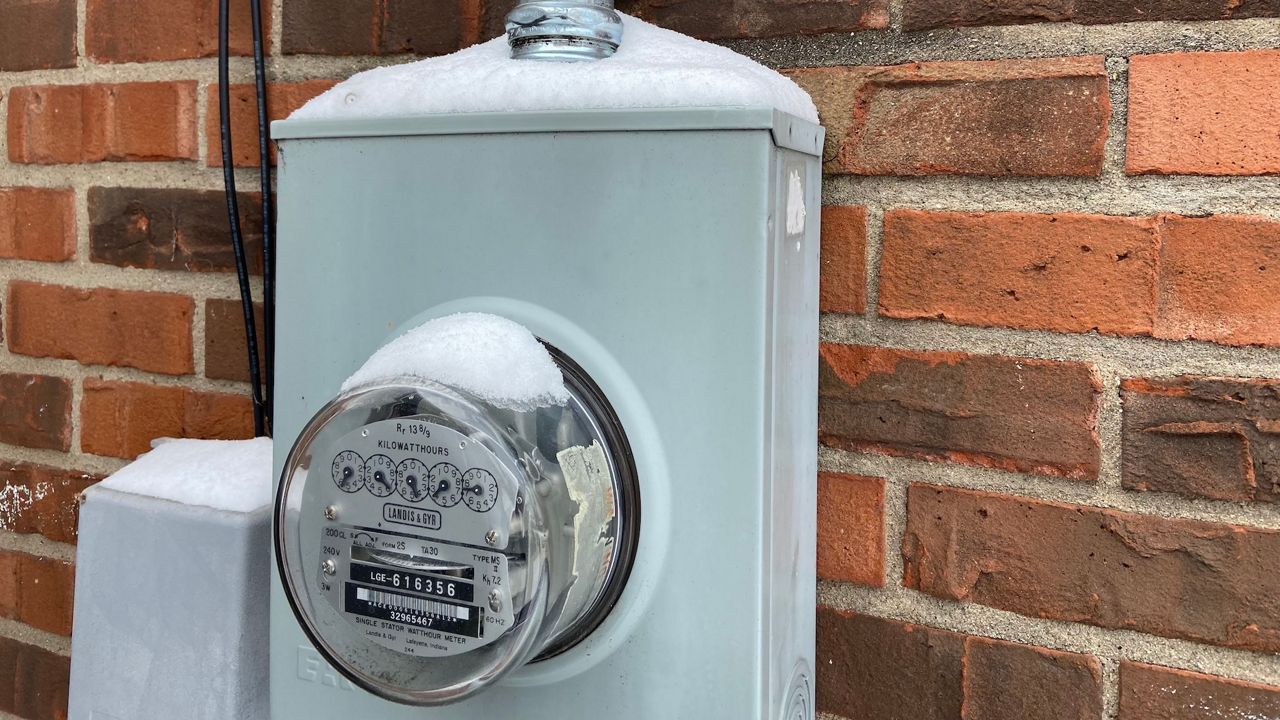LOUISVILLE, Ky. — Martha Means gets hot in the winter. The retired teacher lives with her 94-year-old mother, who is only comfortable when indoor temperatures are uncomfortably high.
“I burn up, but we have to have it up because of her,” Means said.
As the thermostat goes up, so too does the electric bill. In January, Means paid $250 to Louisville Gas & Electric (LG&E), and now the utility is asking for permission to charge its customers more. “The common person can’t keep up with it,” she said.
Last November, LG&E and Kentucky Utilities (KU), which serve hundreds of thousands of customers in Louisville, Lexington, and surrounding counties, filed a rate increase request with the Kentucky Public Service Commission (PSC). The hike, which would raise $334 million annually for the utility, could see LG&E customers pay 11.8% more for power and 9.4% more for gas, while KU customers could see a 10.7% increase for power. For LG&E customers who use both gas and electric service, that would amount to a extra $215 per year.
“This request is due to the increasing costs to serve our customers and is needed in order to continue making necessary enhancements across our system,” LG&E and KU spokesperson Natasha Collins said. She cited the company’s efforts to improve the electrical grid, including replacing wooden poles with steel ones, and installing equipment that reduces the frequency and duration of power outages. Aging lines in the natural gas system are also being replaced, among other upgrades, she said.
Krystal Krikendoll, 49, understands that utility companies routinely raise prices, but she questions LG&E proposing a rate increase during an historic recession. “There are people who don't know how to feed their kids right now,” she said. “Their timing is just horrible.”
The pandemic and the job loss that came with it put tens of thousands of Kentuckians out of work. Many of them have relied on a faulty unemployment system for survival. Krikendoll is one of those Kentuckians. Her dog-walking and pet-sitting business went under last year. Not only were pet owners home more often, allowing them to walk and sit with their own pets, but she was concerned about her safety. “If somebody’s got COVID and they sneeze on their dog, it's all over the dog,” she said.
After months of fighting for unemployment insurance, and getting by with help from family members, Krikendoll finally received payment in mid-January. She’s frustrated that she may soon have to hand some of that money over to LG&E. “Raise it when things go back to normal and I can live my life and work and be able to pay my bills,” she said.
Collins said LG&E and KU recognize the financial hardship many Kentuckians are facing. The company delayed filing for the rate hike to allow “more time for economic recovery," she said.
“The decision to move forward with this filing was not one made lightly and involved a lot of careful consideration,” she said. Included in the company’s filing with the PSC is a proposal to created an “Economic Relief Surcredit.” This would effectively reduce the amount of the rate hike on electric customers by roughly 25% until it expires in mid-2022.
Zach Sanders was more fortunate than some during the pandemic. The 36-year-old firefighter stayed employed throughout 2020, though his wife lost work. Sanders said he can afford the rate hike LG&E is proposing, but people like his 66-year-old mother, who is on a fixed income, cannot. “When you keep nickel-and-diming her every year, over and over again, that fixed income just keeps shrinking,” he said.
Sanders is also frustrated because he has made investments over the years to make his home more energy efficient and, in turn, save money on his electric bill.
“We got new windows put into the home, new HVAC, new water heater,” he said. But the savings he’s hoped to see never materialize.
“Anything we do on our end to try to be more conscious about our energy usage and be more energy efficient is just offset by their rate increases.” he said.



